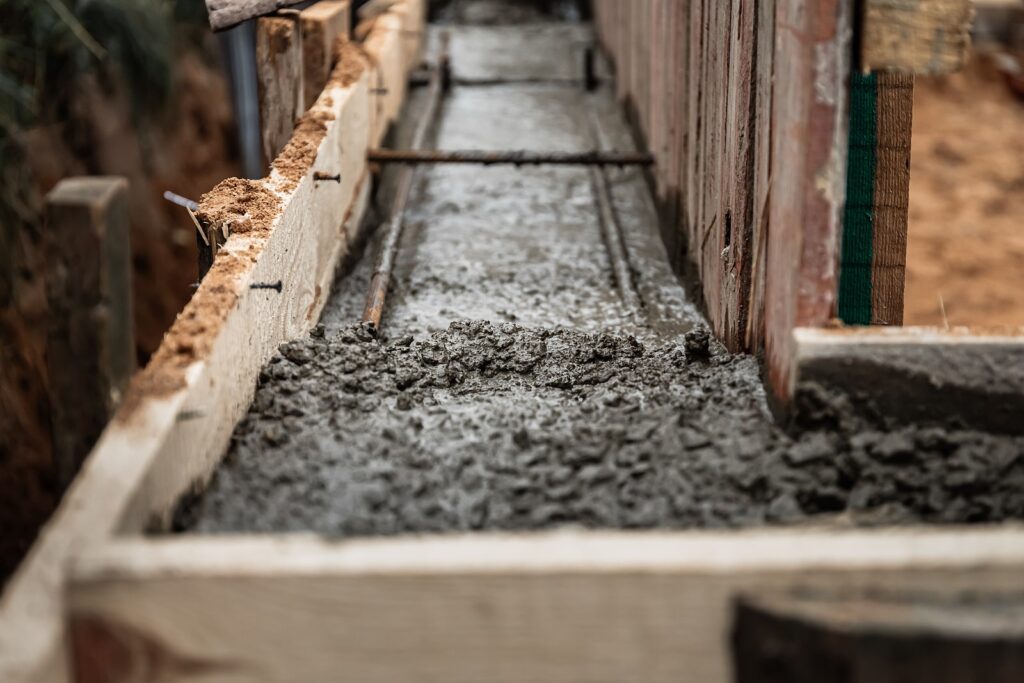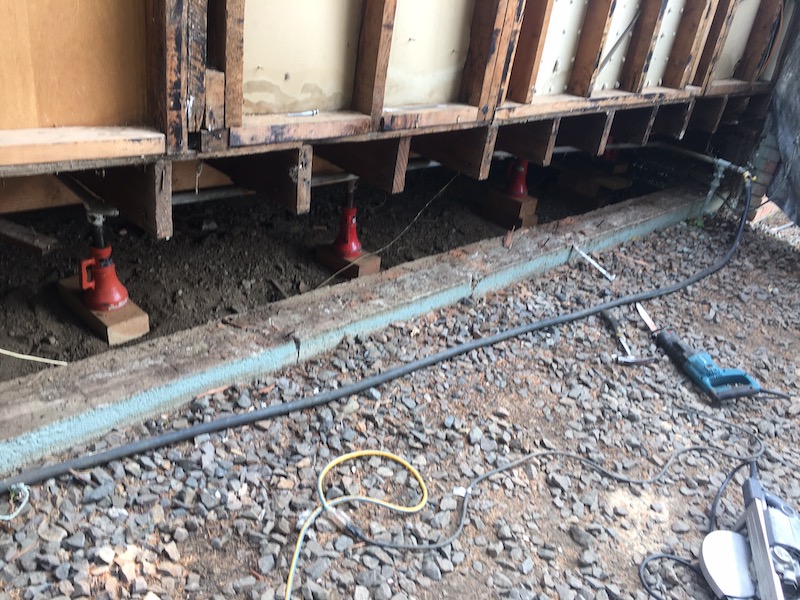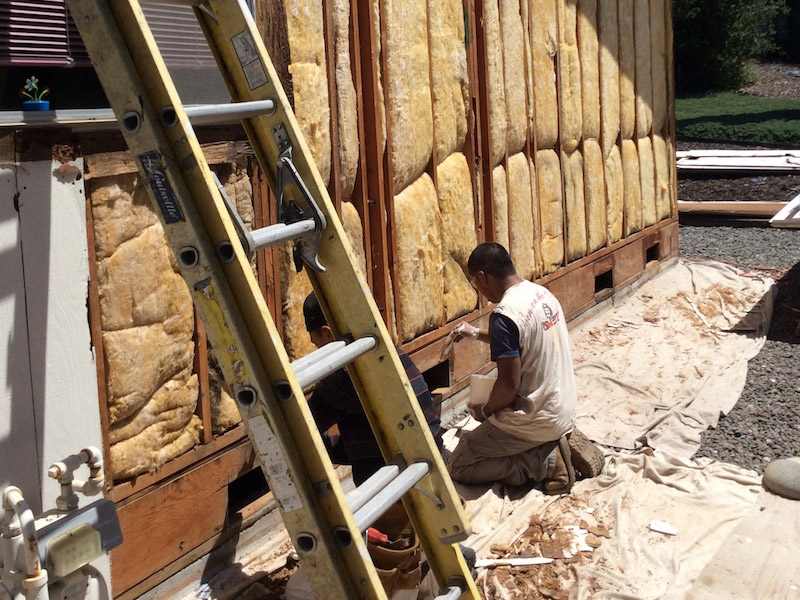FOUNDATION REPAIR: FREQUENTLY ASKED QUESTIONS
What is a Foundation?
The foundation of a building serves two major purposes. It distributes the weight from load-bearing walls to the bedrock or oil beneath, and it keeps groundwater or soil moisture out. Factors such as topography of the construction site and building size determine what type of foundation the structure needs. There are two major types of foundations:
- Deep – A deep foundation is required when building on soft soil that will not be able to absorb the building’s load. The foundation must be established deep underground or underwater, where contact with stronger layers of earth is established. Examples of structures that require deep foundations include bridges, dams, and piers.
- Shallow – Typically, shallow foundations are wider than they are deep. They are also called spread or open footings. Shallow foundations are more common than deep ones and do not require as much boring into the earth. They are used for lighter buildings and placed in soil that can bear a significant amount of the structure’s weight.

What Does the Foundation Do?
A building’s foundation holds it up and holds it together. It bears the load of the building, anchors it against natural forces, such as earthquakes, and protects it from moisture, which can cause serious damage. A strong foundation is made of quality materials, like steel and poured concrete. Older foundations are often made of stone, mortar, and brick, and tend to sustain damage more easily. A building’s foundation also creates a space for important mechanicals, like furnace equipment.
Does a Crack Mean My Foundation is Damaged?
Finding a crack in your foundation could be a sign of serious damage, so if you notice one, it’s best to contact a foundation repair service immediately. Some cracks are more indicative of serious damage than others, though all cracks need to be addressed. Vertical cracks are the most common foundational cracks. They are usually the result of foundation settling and can usually be sealed relatively easily. A trained foundation repair specialist may inject the crack with urethane or epoxy material, ensuring that it is sealed and does not reopen or grow as the foundation continues to settle. Similarly, diagonal cracks are often caused by settling. However, they are a sign that one side of the foundation is settling lower than the other. This uneven tension can cause diagonal cracking, which also needs to be sealed promptly. Horizontal cracks are the most serious type of foundation cracking. They often signal serious damage to a building’s structural integrity. These cracks are often caused by soil and/or hydrostatic pressure.
What is Foundation Settling/Sinking?
When the soil layers underneath of a building are unable to bear its weight anymore, it can cause the foundation to begin to sink and settle into the earth. This happens when the layers of soil begin to change due to shifting levels of moisture, consolidation, poor compacting, or just generally weak soil. When the vertical loads from the structure are in excess of the bearing capacity of the soil beneath the foundation, it begins to move downward. Foundation settling is a common problem that occurs in all types of soils and can be addressed by a foundation repair specialist.
What is Foundation Upheaval?
Foundation upheaval occurs when the foundation of a building moves upward due to soil expansion. This creates an unsafe environment within the building as the structure becomes unstable. Upheaval is often caused by an abundance of moisture under slab foundations. When it rains or floods and the soil becomes saturated, it can expand and increase in volume. The weight of the moisture in the soil under the foundation can exert pressure that forced the slab upwards. Upheaval can even be caused by under-slab plumbing leaks. If unaddressed, the foundation will continue to crack and ultimately break or bend.
Can Earthquakes Cause Foundation Damage?
Earthquakes can cause serious structural damage to a building of any size. Even a mild earthquake can cause instability that could lead to foundation cracks and other serious problems. Earthquake retrofitting is critical for all buildings in earthquake-prone areas. Earthquake retrofitting is the modification of a structure intended to create resistance to seismic activity. It generally involves foundation anchoring and bolting to strengthen the connection between the structure and its foundation and prevent damage and/or collapse during an earthquake.
How Can I Tell if My Foundation is Damaged?
There are a few common indicators of foundation damage, including:
- Visible exterior foundation cracks
- Wall/floor cracks
- Foundation settling/sinking
- Doors sticking/not opening or closing
- Gaps around window frames/exterior doors
- Sagging/uneven floors
- Foundation upheaval
- Cabinets/counters separating from walls
- Damp crawl spaces
Contact VCE
If you believe your San Francisco or Marin County, California area home or commercial property may have foundation damage, contact VCE today. We offer foundation repair and strengthening services throughout Marin County. Call us at 415-472-9144.





